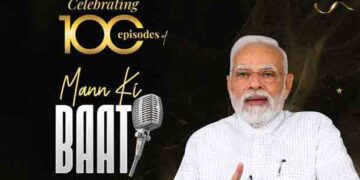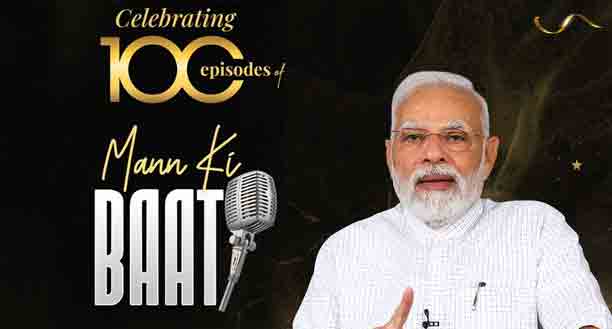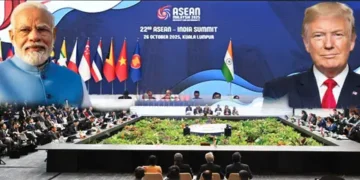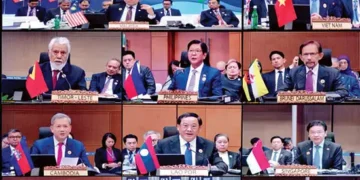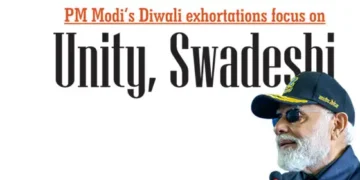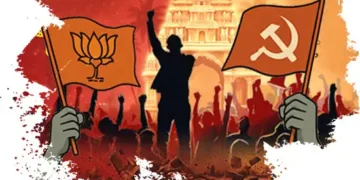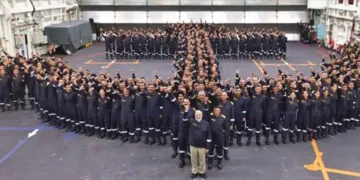 MANN Ki Baat, which celebrated its 100th episode on April 30, is an example of effective communication par excellence where an outstanding orator renders salient issues over a mass media with the widest footprint.
MANN Ki Baat, which celebrated its 100th episode on April 30, is an example of effective communication par excellence where an outstanding orator renders salient issues over a mass media with the widest footprint.
No one can question the communication skills of Prime Minister Narendra Modi. An ideal broadcaster, he holds sway over his audience and is able to stir the imagination of people while speaking conversationally. That even his detractors agree. And that is among several qualities that make him the leader that he is.
And radio remains the most popular medium for the common man. According to the Prasar Bharati website, All India Radio (AIR) home service reaches 99.19 per cent of the total population of the country. Also, the Reuters Institute’s Digital News Report 2022 found that All India Radio was trusted by 72 per cent of its respondents.
Radio incomparable
On November 25, 2018, while sharing his thoughts on the 50th episode of Mann Ki Baat, PM Modi stated, “In terms of the reach and depth of communication, radio has been incomparable. I have been nursing that feeling ever since, acknowledging its power and strength. Hence when I became the Prime Minister, it was natural for me to turn towards a strong, effective medium.”
His reference to “nursing that feeling ever since” is about an experience he had in Himachal Pradesh as a BJP party worker. It was an evening of May 1998 when he was offered sweets by a seller when he sought a cup of tea. And then he heard the occasion for celebration over a radio bulletin in the shop. India had successfully conducted a nuclear explosion.
PERFECT communication
In his addresses, PM Modi always takes up subjects touching individuals and society. Union Home Minister Amit Shah, while addressing the valedictory function of National Conclave: Mann Ki Baat@100 on as the Chief Guest, summed it up well.
“Mann Ki Baat is a PERFECT communication, which means P (stands for) Peace, E (for) Empowerment, R- Reflective, F- Festive, E- Economic Development, C- Caring, and T- Thoughtful,” he said. From Ladakh and Lakshadweep to the Northeast and Punjab, from farmers to science, from self-help groups to startups, from cooperatives to space, about individuals and organisations, Mann Ki Baat has touched almost every sector in its 100 episodes.
Social campaigns
Campaigns like selfie with daughters became a social media trend which led to wider awareness on protection and education of girl child. Such response was also seen after Mann ki Baat included Swachh Bharat, Fit India, Vocal for Local and promotion of cultural heritage, among many others.
People with aptitude were mentioned, showered praises, and had their statements included to give a sense of inclusiveness.
However, the PM has kept politics at bay on Mann ki Baat. “This radio programme is not about politics but about people,” he had stated earlier. But listeners would necessarily identify him with the party he leads. The art of communication lies in communicating the untold.
Watch on social media
Mann ki Baat has slowly evolved to spread his messages beyond radio. To engage the audience further, the address was made available on mobile phones. Since November 2013, the NIC worked with mGage, a global mobile engagement provider, to make it possible. One can now not only listen but even watch it on social media, hearing the PM speak over appropriate visuals. The mass media also chipped in. Modi himself appreciated the fact that even private TV channels show Mann Ki Baat without commercial breaks.
‘Mann Ki Baat – A Social Revolution on Radio’ is also available as a book, based on 50 episodes of the talks on All India Radio.
